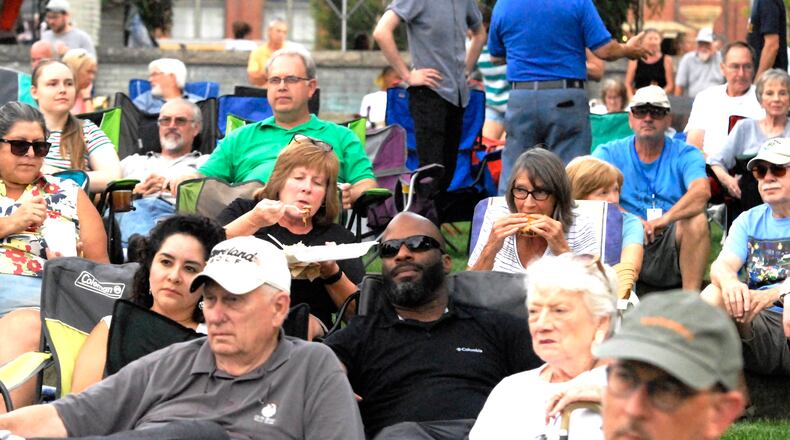Those estimations in terms of the local economic impact generated by visitors came from an economic impact study that was conducted by the group Tourism Economics in partnership with TourismOhio. The results were released by the Greater Springfield Convention & Visitors Bureau on Monday.
The study tracks hotel stays, restaurant and retail activity as well as recreational entertainment, transportation, the price of fuel and other expenditures associated with travel and tourism. By looking at those numbers, it also allows local officials to determine the success of efforts implemented over the years that aim to bring more people to the area.
Local officials say that tourism is an integral and driving component of the Clark County economy. The study by Tourism Economics stated that tourism provides nearly 4,500 local jobs and sustains 7.5% of private employment. Tourism in Clark County also generated $30 million in state and local taxes in 2021.
In Springfield, like many other areas in Ohio, a lot of travel is centered around business, whether that be for corporate training or other related activities, said Chris Schutte, the vice president of Destination Marketing and Communications for the Greater Springfield Partnership.
Conventions centered around economic development, such as the Mid America Economic Development Council 2022 Best Practices Conference and the National Advance Air Mobility Industry Forum that took place in the county this summer, brought hundreds of people to the area.
But leisure travel also plays a large role in local tourism. Efforts to bring more people to the area have focused on marketing the county as a “weekend destination” and highlighting sites such the Westcott House and the Gammon House in Springfield as well as local restaurants and entertainment. Events held at the Clark County Fair Grounds and other parts of the county draw thousands of people, said Schutte, who added that there has been a strategic effort to better market the area over the years.
Schutte said that the money generated by local tourism factors has steadily increased over the years as well.
“Our sustained growth over the past seven years validates our investment in a comprehensive brand strategy for our community that continues to attract business and leisure travelers,” he added.
However, the immediate economic impacts of the pandemic and state measures implemented to curb its spread led to a sharp decline in tourism and travel in 2020. During that year, traditional tourism drivers such as local events were closed, postponed or limited and business travel also dropped leading to lower hotel occupancy rates.
But, local hotel occupancy rates have increased as events resumed in 2021 and so did business travel. The higher costs of goods and fuel due to inflation also caused the increase in the economic impact of local tourism seen in 2021.
The overall local occupancy rate for hotels and motels in Clark County went down 29% between 2019 and 2020, which saw an occupancy rate of 47.4%. However, in 2021 the overall occupancy rate increased to 62.3%.
Credit: Bill Lackey
Credit: Bill Lackey
Schutte expects to see growth in 2022 numbers as travel sentiment, the estimation of the number of people who want to travel and are willing to travel, remains high and fuel prices, that climbed earlier this year, begin to stabilize.
About the Author



